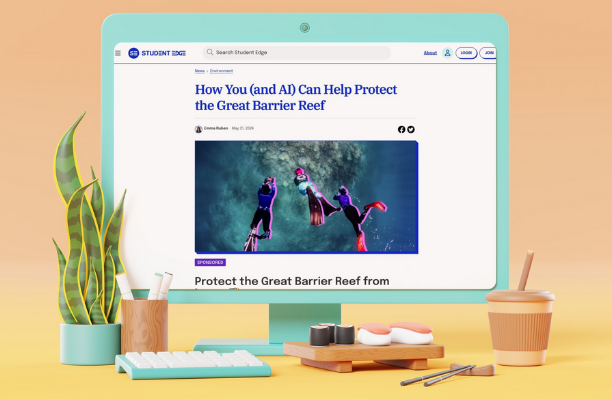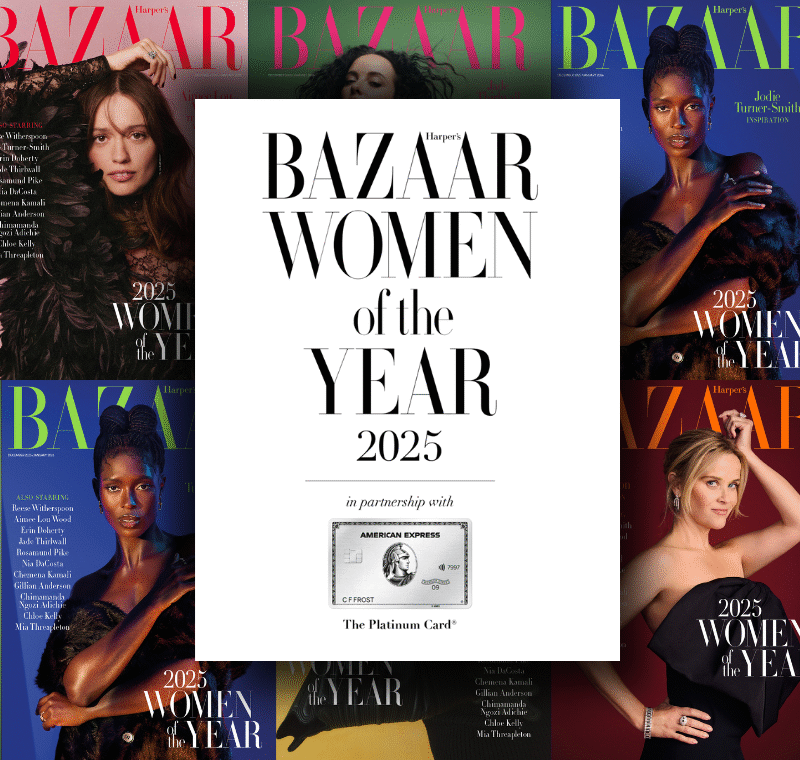Waking a sleeping giant – How UK publishers can make the most of branded content
Whether engaging Gen Z on TikTok or building trust with mums on parenting platforms, branded content allows advertisers to speak directly to potential customers in an unintrusive way, while helping publishers increase their advertising revenue. It’s a powerful tool media businesses in the UK are still not making the most of, says Tom Gunter, co-founder of Australian branded content platform Avid Collective.
“Branded content is not well understood in terms of its deliverables, like content views versus impressions,” he points out. “It’s not very well understood in terms of where it sits in the funnel, and its value.
“For publishers to maximise the revenue from branded content, you’ve got to be able to argue its value first and foremost and differentiate it. It’s got to become easier to buy it, it’s got to be easier to implement, to measure it and assess performance. When it comes to those pillars, branded content is a long way behind most other channels.”

For publishers who understand and use branded content properly, the benefits can be enormous. “A lot of publishers we work with have increased their revenues two or three-fold,” says Gunter, who is Head of New Markets at Avid Collective. “There’s a lot to be gained.”
Having established itself in Australia, Avid Collective announced in December last year it was expanding to the UK to help publishers and advertisers fully embrace the power of branded content. It does this through a suite of tools that reduces publisher management time when running campaigns by 60%, helps drive revenue growth and enhances client experience.
The tools are part of a platform known as Avid PubSuite which has been purpose-built for the digital publishing industry and is designed to help with the different stages of the campaign process – from pre-sales advertiser engagement through to reporting on the performance of campaigns.
The tools include an Advertiser Shopfront, Campaign Builder, Campaign Manager, Amplification Manager and Automated Reporting.
“It is technology built bespoke for the channel,” says Gunter. “Everything has been supplied, tested and built with publishers, by publishers. The tools we offer are available in some way elsewhere, but they are just project management tools, they are not built for branded content or publisher offerings.
“For us, it’s one source for all those tools, and then those tools being built for content partnerships. There are lots of features that are unique to us.”

Save the date
FIPP WORLD MEDIA CONGRESS 2025
23-25 October 2025, Madrid, Spain
LIMITED LAUNCH RATE ENDS THIS FRIDAY 31st JANUARY 2025
>> THIS WAY TO TICKETS
In the beginning
Avid Collective started life as an Australian lifestyle publisher doing short, snackable videos.
“Over the first three years of the business, we spent a lot of time evangelising branded content as our primary revenue source from an advertising perspective, and then using technology to try and expedite the volume of content we could do,” says Gunter. “Because we were doing snackable video, the whole thing was – how do we build volume editorially?”
Avid ended up with seven different titles, reaching about 6 million people, primarily on social. With content levels lower than more established players, the company took the decision three years ago to really double down on the technology and IP created around branded content.
“Our whole team has worked within the publishing business,” says Gunter. “We have developed a platform that makes it easier for advertisers to buy and run content quicker, for publishers to produce content campaigns more accurately – so you get a better experience for everyone.
“And then, through a mix of technology and just the smarts we’ve spent a bunch of time on, we are really arguing for the channel to show what makes it different. If an advertiser’s got 30 different advertising channels to choose from, why should they be spending it on content?”
With another Australian business taking over Avid’s publisher titles a few months ago, the company is now “fully technology”.
“We see ourselves firmly sitting in the middle between publishers and advertisers,” adds Gunter. “At Avid, we believe the key to publishers reclaiming advertising spend from the dominant big tech lies in collaboration. By uniting publishers around the unique power of branded content, we’re creating an eco-system where publishers can collectively offer advertisers premium, trusted environments at scale, through tech.”

Embracing tech… up to a point
While Avid Collective has meticulously developed its tech, Gunter stresses that the company is not looking to replace jobs usually done by humans.
“Technology is there to automate mundane tasks to help humans do tasks better and do them more efficiently – to create time to do more valuable tasks and do them more creatively,” he says.
“As a simple example, automating your reporting through Avid gives an account manager more time to stare at the report and work out how they can do it better.
Why use an hour and a half of your time pulling data points from eight different dashboards into a report for a client if you’re then not actually looking at the data and explaining what you could do better?
“We often get that fear moment from people like, oh It’s going to take a job. But no, we’re just trying to make lives a lot easier and therefore improve the quality and what we’re doing, which should grow revenues and clients.”
Appealing to all ages
Through its tools, Avid Collective helps to amplify what makes branded content so unique – the ability to really connect with different groups through bespoke campaigns.
For instance, those who would like to reach out to parents can use formats like short videos and quick tips that naturally integrate into a mum or dad’s busy routines, capturing their attention without intruding. You can also build brand trust through collaborations with respected publishers and influencers.
“When it comes to, say, mums who are going through very unique life stages there’s a bunch of content which would entertain them that is very different to the content that will entertain Gen Z,” says Gunter.
“You can reach mums through many channels. Content allows a unique opportunity for me to explain to them why my product is useful for their kids and for them. So, I would use content for long-form articles or a video explainer by an expert. Branded content can do that better than anything else.”
A different approach is needed to connect with tech-savvy Gen Z – a generation that prefers authenticity, relevance and emotional connection over traditional advertising.
“Gen Z tends not to watch traditional ads and arguably there is much lower consumption across traditional channels,” says Gunter. “So, I might use publishers for Gen Z simply to promote my message and integrate into their culture.
“Rather than a brand trying to create an advertising asset which is specific for 18 to 24-year-olds they can get someone who’s an expert in young pop culture to create a branded content piece. When talking about the audience, where does branded content add unique value? That’s where it should be used.”

Crossing borders
After huge success in Australia, Avid Collective has ambitious expansion plans with a new office in the UK and is establishing early momentum in the United States and other countries. Gunter is confident that the service they provide will cross borders easily.
“I think while challenges are certainly nuanced per market, the headlines are the same,” he says. “The headlines are – advertising spends going up, it’s just not going to publishers. And branded content is a highly viable channel for them, but there are similar roadblocks.
“Using the US and UK as an example, we’re seeing the same things. It’s still too resource intensive, buyers don’t know the publishers out there, and there’s not really an articulation of measurement.
“We’re all pretty confident about moving into different countries. It’s just about approaching each market to its respective nuances.”








